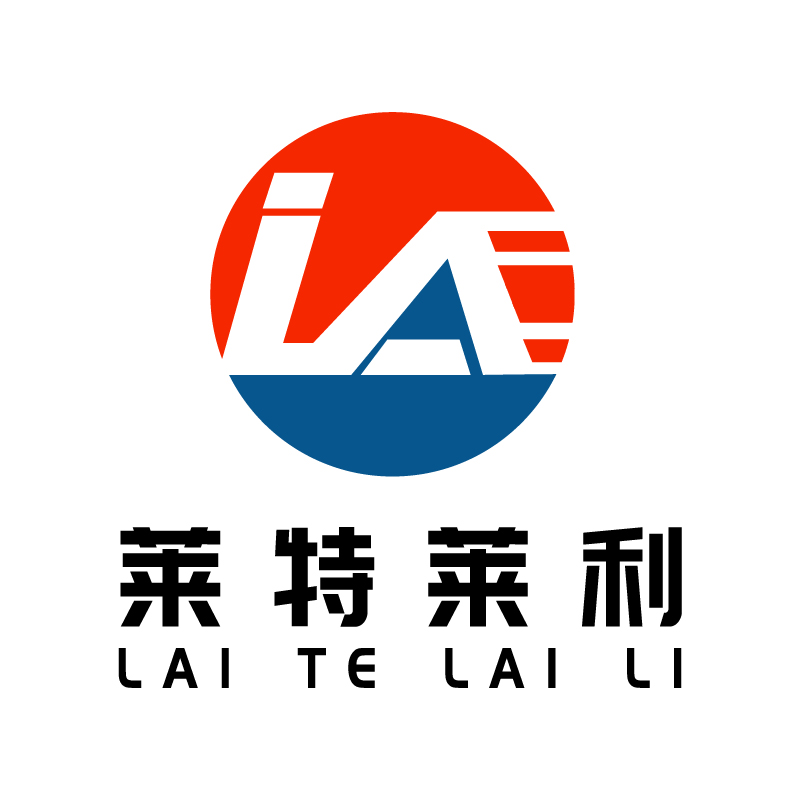What are the main costs of reinforcing all-resin carbon strips?
The cost of reinforcing the all-resin carbon strip mainly includes the following aspects:
First, raw material costs
1.Resin material: As the main component of reinforcing all-resin carbon belt, the price fluctuation of resin material will directly affect the production cost of carbon belt. The type, quality and market supply and demand of resin materials will have an impact on its price.
2.Additives and auxiliaries: In the production process, in order to improve the performance of the carbon strip, such as wear resistance, chemical corrosion resistance, high temperature resistance, etc., it is often necessary to add various additives and auxiliaries. The cost of these additives and auxiliaries also forms part of the total cost of the carbon belt.
Second, production costs
1.Production equipment and process: Efficient, precise production equipment and advanced production process are the key to ensure the quality of carbon belt, but at the same time, it will increase production costs. The depreciation and maintenance of the equipment, as well as the research and development and improvement of the process, require a large amount of money.
2.Energy consumption: The production process of carbon belt needs to consume a lot of energy, such as electricity, gas, etc. Fluctuations in energy prices and the efficiency of energy use in the production process will affect the production cost of carbon belts.
3.Labor costs: wages, benefits and training costs of production personnel are also important factors constituting production costs. With the rise of labor costs, the proportion of labor costs in the total cost is gradually increasing.
Third, R&d and design costs
In order to continuously improve the performance of carbon belts and meet market demand, manufacturers need to invest a lot of money in research and development and design. This includes the development of new products, the improvement of old products and the optimization of production processes. Although these R&D and design costs are not directly included in the cost of a single roll of carbon tape, they will indirectly affect the selling price of carbon tape by increasing the added value of the product and reducing long-term production costs.
Fourth, transportation and storage costs
After the production of the carbon belt is completed, it needs to be transported to the sales location for sale. Freight, insurance and storage costs during transportation will increase the cost of carbon belts. In addition, if the transport distance is longer or the transport conditions are poor, it may also lead to damage or quality reduction of the carbon belt, which further increases the cost.
Fifth, taxes and compliance costs
In the production and sales process, manufacturers need to comply with various laws and regulations and tax policies, such as paying value-added tax, income tax and other taxes. At the same time, in order to meet the requirements of environmental protection and safety, manufacturers also need to invest in the construction and maintenance of environmental protection facilities and investment in safe production. These taxes and compliance costs also form part of the total cost of the carbon belt.
To sum up, the cost of reinforcing all-resin carbon strips is a complex issue involving raw materials, production, R&D and design, transportation and warehousing, as well as taxes and compliance. Therefore, when evaluating the cost of carbon belt, it is necessary to consider the influence of various factors.



